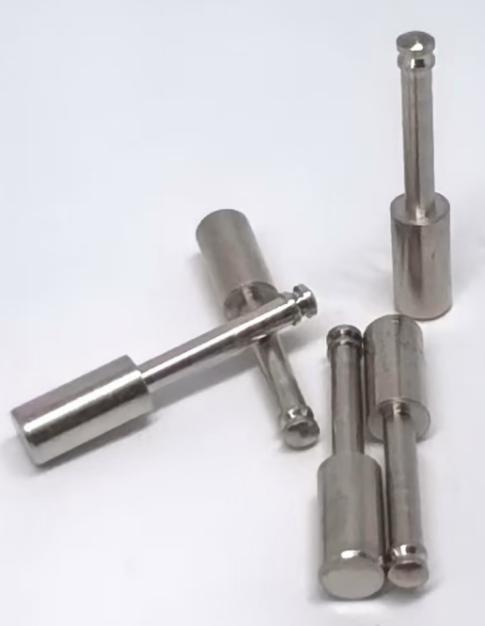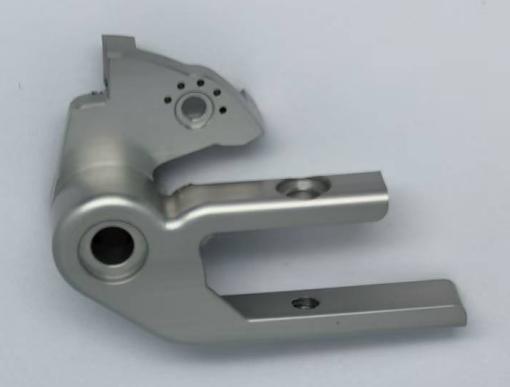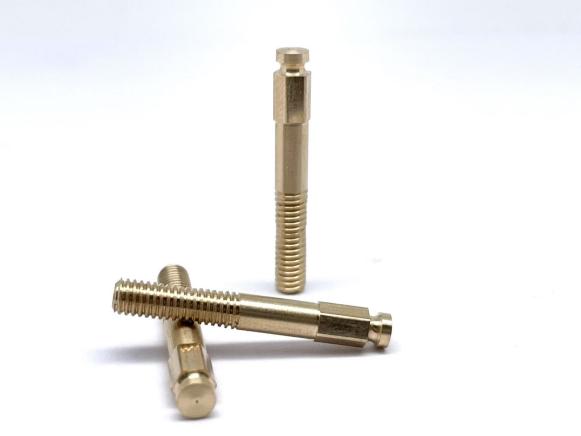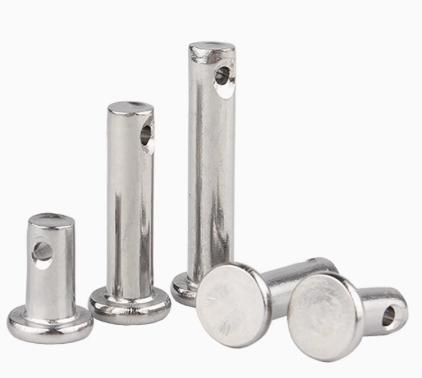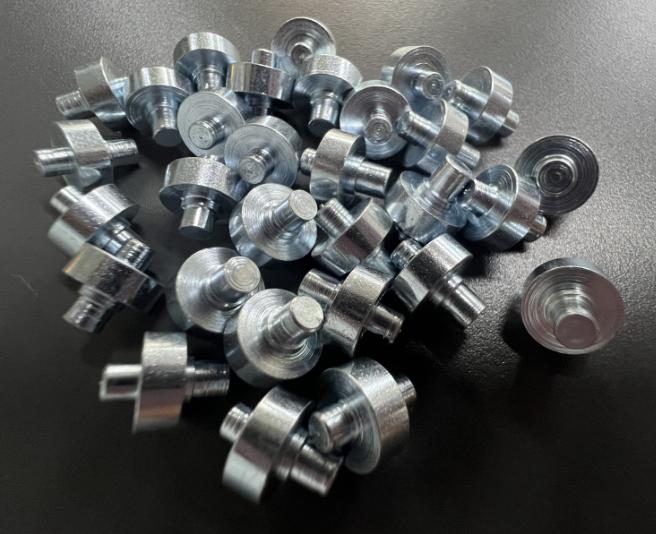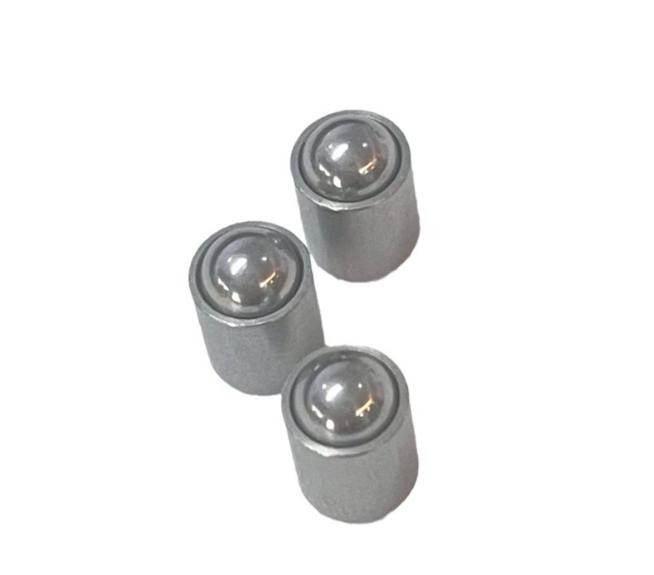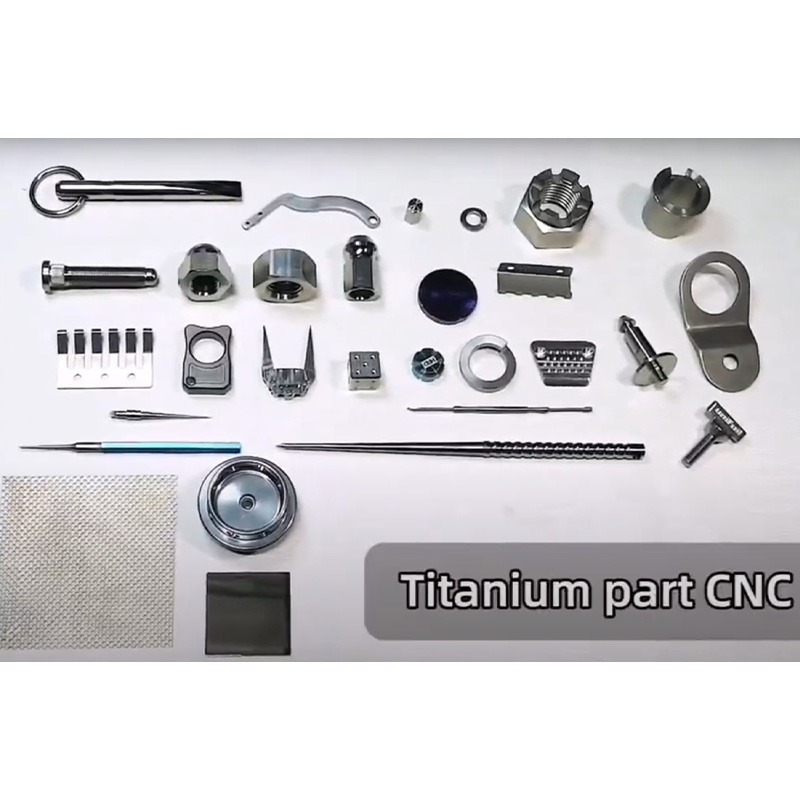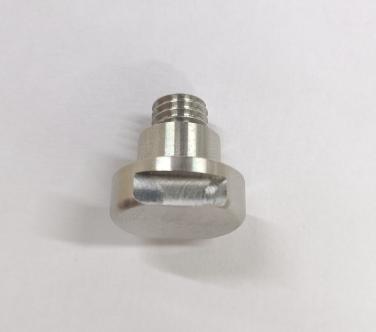Tips for Material Optimization in CNC Milling
Table of Contents
Material optimization in CNC milling is a critical aspect of modern manufacturing that focuses on maximizing the efficiency and quality of the CNC machining process. By optimizing how materials are used, manufacturers can reduce waste, lower costs, and improve the overall performance of their operations.
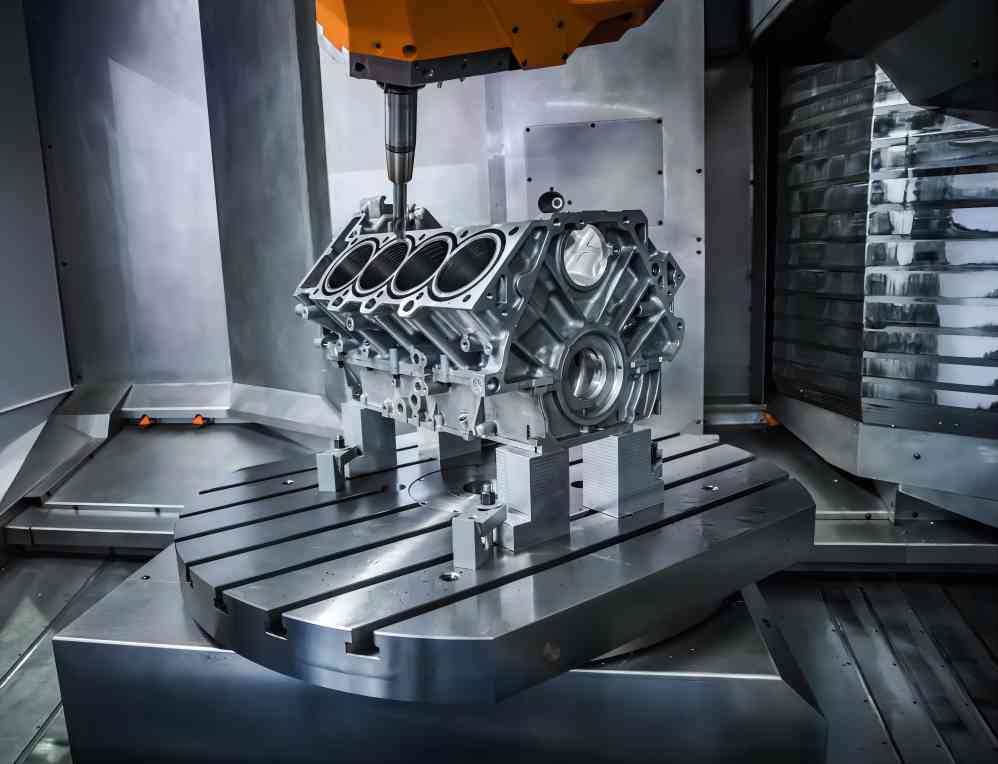
What is CNC Milling
CNC milling is a machining process that uses computer numerical control to operate cutting tools that precisely remove material from a workpiece to create custom-designed parts and products. The process involves the use of rotating cylindrical cutters, which move along multiple axes to carve out complex shapes and features in materials like metal, plastic, and wood. CNC milling is known for its accuracy, repeatability, and ability to produce intricate parts with tight tolerances, making it a fundamental technique in manufacturing industries such as aerospace, automotive, and electronics.
Understanding the Role of Material in CNC Milling
| Aspect | Material Influence | Key Considerations |
| Machinability | -Determines how easily the material can be cut and shaped. | Softer materials (e.g., aluminum) are easier to machine. 2. Harder materials (e.g., titanium) require slower speeds and more durable tools. |
| Tool Wear | – Material hardness directly impacts tool wear. | Hard materials cause more tool wear. 2. Choosing appropriate cutting tools (e.g., carbide) mitigates wear. |
| Surface Finish | – The material’s properties affect the final surface quality. | Materials like brass produce smooth finishes. 2. Adjusting cutting parameters can enhance surface quality. |
| Thermal Conductivity | – Influences heat dissipation during milling. | High thermal conductivity (e.g., copper) allows faster machining speeds. 2. Low conductivity materials may require cooling. |
| Strength and Rigidity | – Affects how the material responds to cutting forces. | High-strength materials may require specific tooling and techniques to avoid deformation. |
| Cost | – Material cost impacts overall production cost. | Balancing material cost with machinability and performance is essential for cost-effective manufacturing. |
| Recycling and Waste | – Material choice influences the amount of waste generated. | Selecting materials that can be easily recycled helps in reducing waste and promoting sustainability. |
| Environmental Impact | – Some materials have a higher environmental footprint than others. | Consider the environmental impact of material extraction, processing, and disposal. |
| Application Suitability | – The material must meet the specific requirements of the intended application. | Consider factors like strength, corrosion resistance, and temperature tolerance for the final product’s application. |
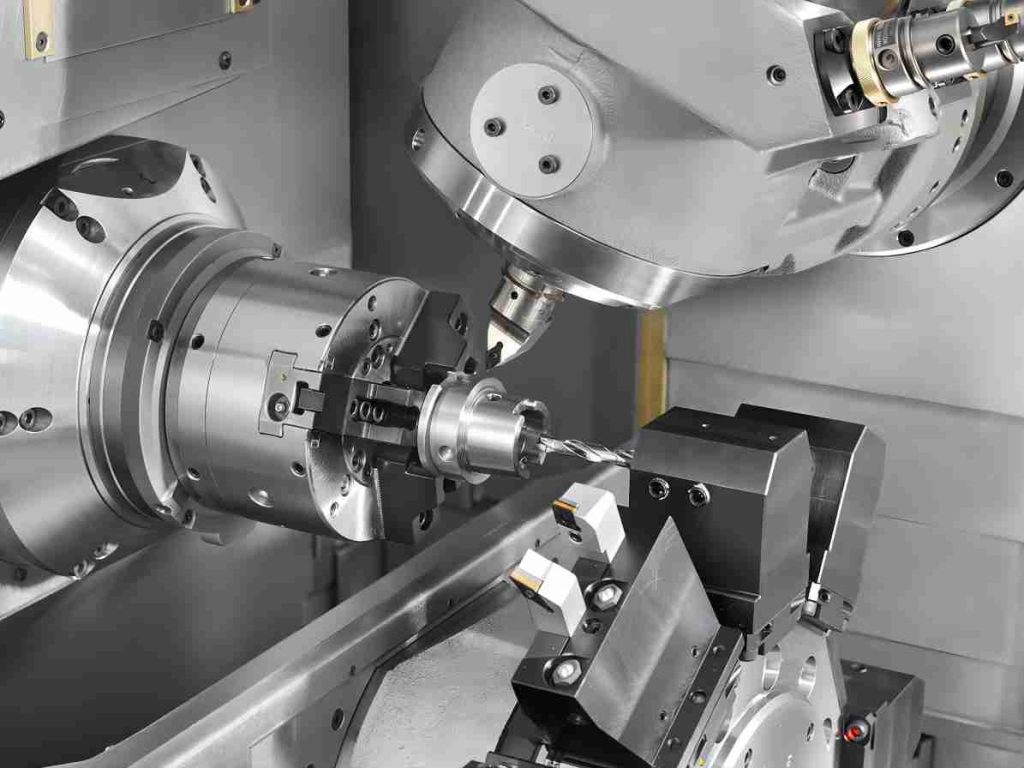
Key Strategies Involved in Material Optimization in CNC Milling
1. Material Selection
Choosing the right material is the foundation of material optimization. Each material has unique properties such as hardness, thermal conductivity, and machinability that impact how it behaves during the CNC milling process.
- Aluminum is widely used for its excellent machinability and lightweight properties in CNC milling process, making it ideal for aerospace and automotive applications.
- Steel is favored for its strength and durability, though it requires more energy to machine.
- Plastics offer easy machining but may require special considerations to prevent melting or warping.
Selecting the right material not only ensures that the part will meet its functional requirements but also helps in reducing machining time and tool wear.
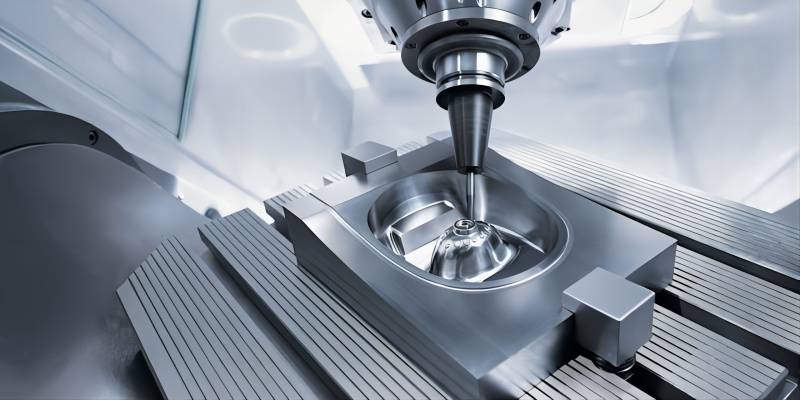
2. Tool Path Optimization
The tool path in CNC milling refers to the route that the cutting tool follows to remove material. Optimizing the CNC tool path is crucial for minimizing waste and maximizing efficiency.
- Reducing Non-Cutting Movements: By minimizing the time the tool spends moving without cutting, overall machining time can be reduced.
- Efficient Roughing and Finishing: Using different tool paths for roughing (removing large amounts of material quickly) and finishing (achieving the final surface quality) helps in optimizing material removal and achieving the desired surface finish.
- Adaptive Tool Paths: Advanced software can create tool paths that adjust in real-time to varying material conditions, leading to more efficient cutting.
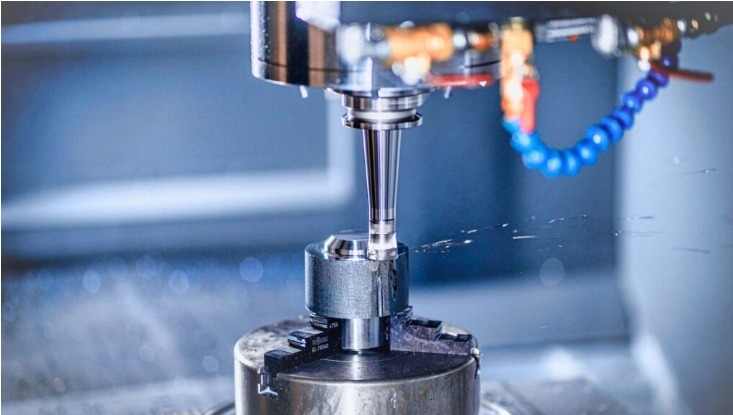
3. Optimizing Cutting Parameters
Cutting parameters, including feed rate, spindle speed, and depth of cut, play a vital role in material optimization. These parameters must be tailored to the specific material and the desired outcome.
- Higher Feed Rates and Speeds: For softer materials, higher feed rates and spindle speeds can increase productivity without compromising quality.
- Controlled Depth of Cut: By carefully controlling the depth of each cut, manufacturers can ensure that the tool removes the optimal amount of material, reducing the likelihood of tool wear or material deformation.
4. Tool Selection and Maintenance
The choice of cutting tools is another critical factor in material optimization. High-performance tools made from advanced materials like carbide or coated with materials like titanium nitride (TiN) can withstand higher cutting speeds and last longer.
- Using the Right Tool Geometry: The tool’s shape and design must be suited to the material and the specific milling operation.
- Regular Tool Maintenance: Ensuring that tools are sharp and in good condition prevents defects in the finished part and reduces the likelihood of tool breakage.
5. Reducing Material Waste
One of the primary goals of material optimization is to minimize waste. This can be achieved through several approaches:
- Strategic Nesting: Arranging parts in a way that maximizes the use of the raw material reduces waste.
- Using Near-Net-Shape Materials: Starting with materials that are close to the final shape reduces the amount of excess material that needs to be removed.
- Recycling Scrap: Any leftover material can be collected and recycled, further reducing waste.
6. Advanced Monitoring and Feedback
Adaptive machining is an advanced technique that involves real-time adjustments to machining parameters based on feedback from the machining process. This approach allows for optimal material removal rates, reduced tool wear, and improved surface finishes, especially when dealing with complex geometries or varying material properties.
By continuously monitoring the machining process, adaptive machining ensures that the optimal amount of material is removed at all times, leading to better material utilization and reduced production costs.
7. Post-Processing and Inspection
Finally, optimizing material use doesn’t end with the milling process. Post-processing steps, such as deburring, polishing, and heat treatment, can further enhance the quality of the finished part. Additionally, thorough inspection using techniques like coordinate measuring machines (CMMs) ensures that the part meets all specifications, reducing the need for rework and further material waste.
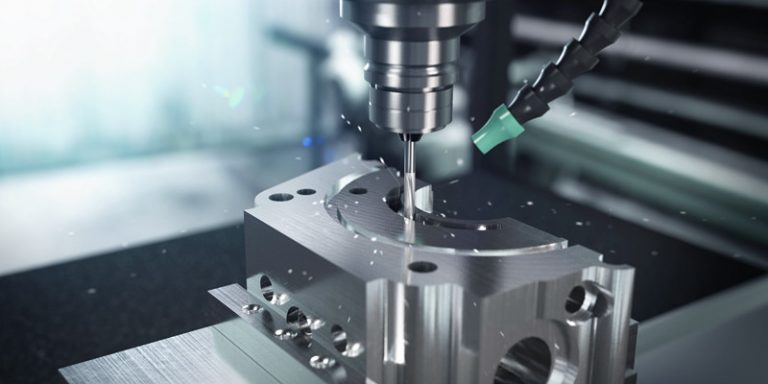
Material optimization in CNC milling is about making the best use of available resources while ensuring the highest quality of the finished product. Through carefully selecting materials, optimizing tool paths, fine-tuning cutting parameters, and reducing waste, manufacturers can achieve significant cost savings and improve their competitive edge.

